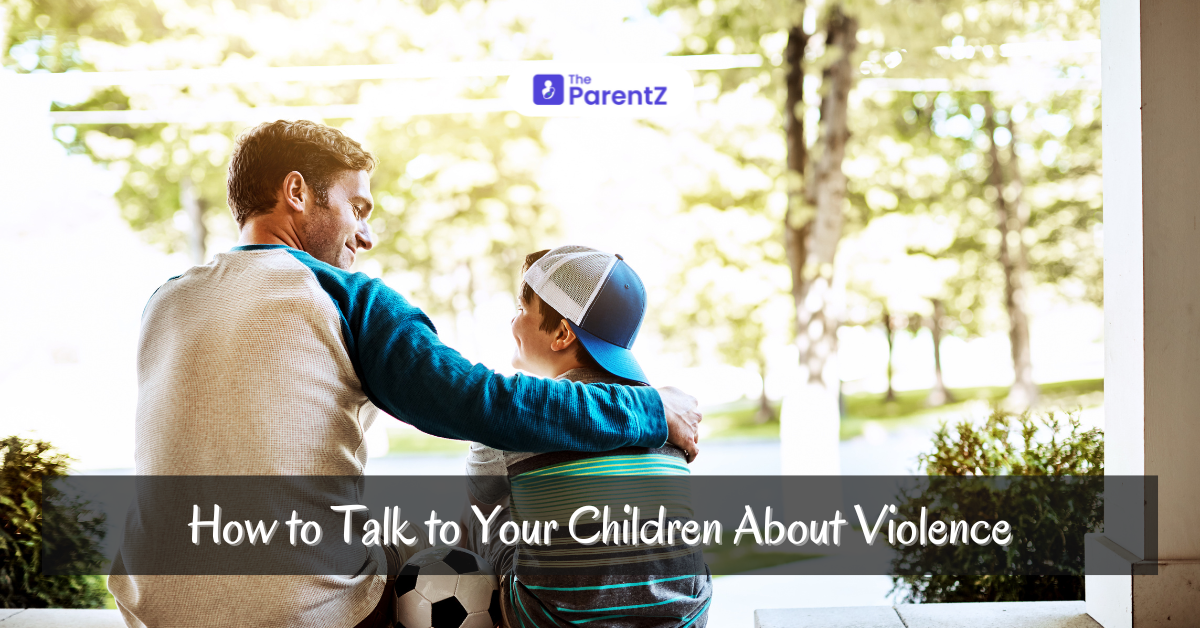In today's world, exposure to violence is almost unavoidable, whether through news reports, social media, or even within their community. As a parent, it’s crucial to have open and honest conversations with your children about violence to help them process what they see and hear. Here’s a guide on how to approach this sensitive topic.
1. Understand Their Exposure
Before you begin the conversation, it's important to gauge how much your child has been exposed to violence. This could be through television, the internet, or personal experiences. Understanding the extent of their exposure will help you tailor the conversation to their level of understanding.
Tip: Ask open-ended questions like, "Have you seen anything on TV or heard anything at school that upset you?" This helps you understand their perspective and concerns.
2. Be Honest, Yet Reassuring
Children can often sense when something is wrong, and they may fill in the blanks with their imagination if they don’t have the facts. Being honest with your child about violence, while reassuring them of their safety, is key to helping them process the information.
Tip: Use age-appropriate language when explaining events. For younger children, keep explanations simple, while older children may require more detailed discussions.
3. Encourage Open Dialogue
Create an environment where your child feels comfortable expressing their feelings and asking questions about violence. Let them know that it’s okay to feel scared, sad, or confused.
Tip: Validate their emotions by saying things like, "It’s okay to feel upset about what you saw," and provide comfort by reminding them that they are safe.
4. Discuss the Difference Between Fiction and Reality
Many children struggle to distinguish between fictional violence (such as in movies or video games) and real-world violence. Clarifying this difference is essential for helping them understand the context of what they are seeing.
Tip: Explain the difference between pretend violence in games or shows and real-life violence, emphasizing the serious consequences of real violence.
5. Teach Non-Violent Problem Solving
Use conversations about violence as an opportunity to teach your children about non-violent ways to handle conflicts. Encourage them to talk about their feelings, seek help from an adult, or walk away from potentially violent situations.
Tip: Role-play different scenarios with your child to practice peaceful problem-solving techniques.
6. Monitor Media Consumption
Limiting and monitoring your child’s exposure to violent media can help reduce their anxiety and fear. Be proactive in choosing age-appropriate content and discuss what they are watching or reading.
Tip: Watch TV shows, movies, or play video games with your child, and use these moments as teaching opportunities to discuss what is happening and how it relates to the real world.
7. Reinforce the Importance of Kindness
In discussions about violence, emphasize the importance of kindness, empathy, and respect for others. Help your child understand that everyone deserves to feel safe and that they can play a role in creating a more peaceful world.
Tip: Encourage acts of kindness, such as helping a friend in need or standing up against bullying, as ways your child can positively impact their environment.
Conclusion
Talking to your children about violence is not an easy task, but it is an essential one. By approaching the topic with honesty, empathy, and reassurance, you can help your child understand the realities of violence while providing them with the tools to cope with what they see and hear. Remember, the goal is not to frighten them, but to empower them with knowledge and understanding.








Be the first one to comment on this story.